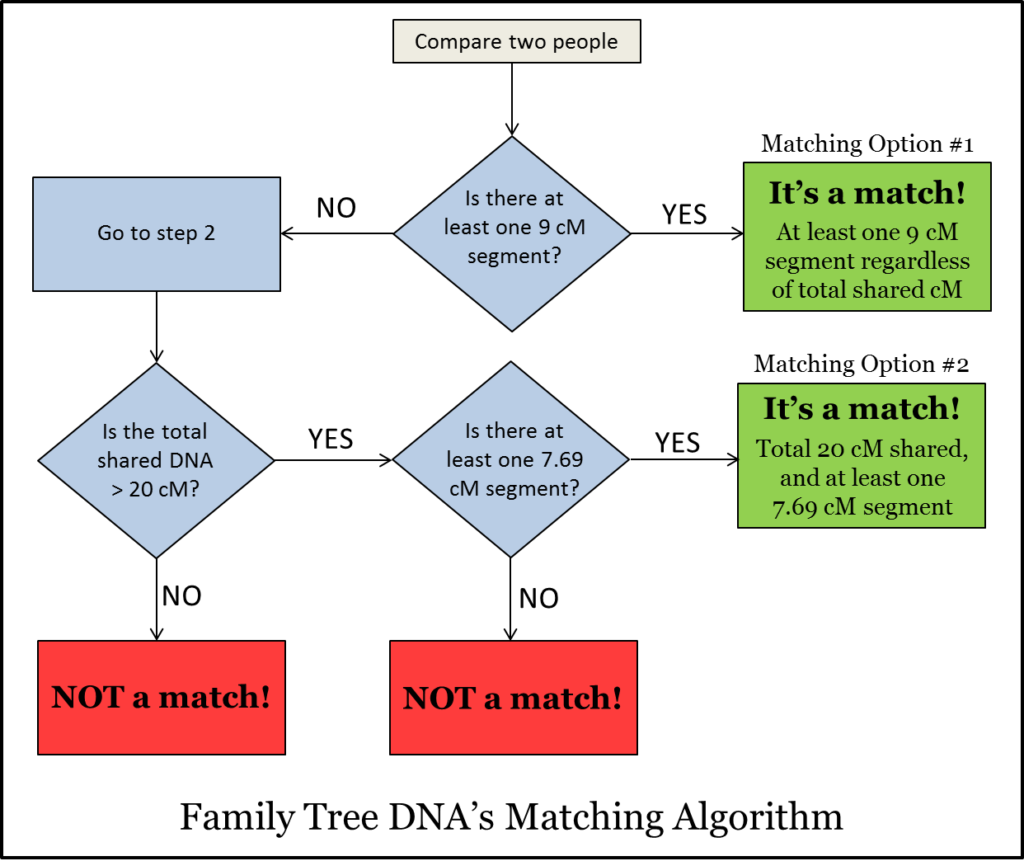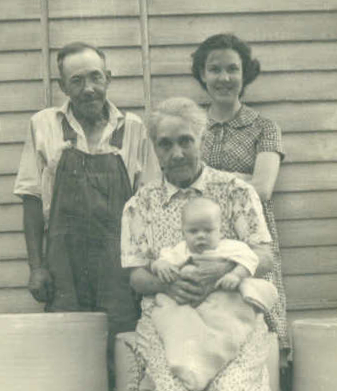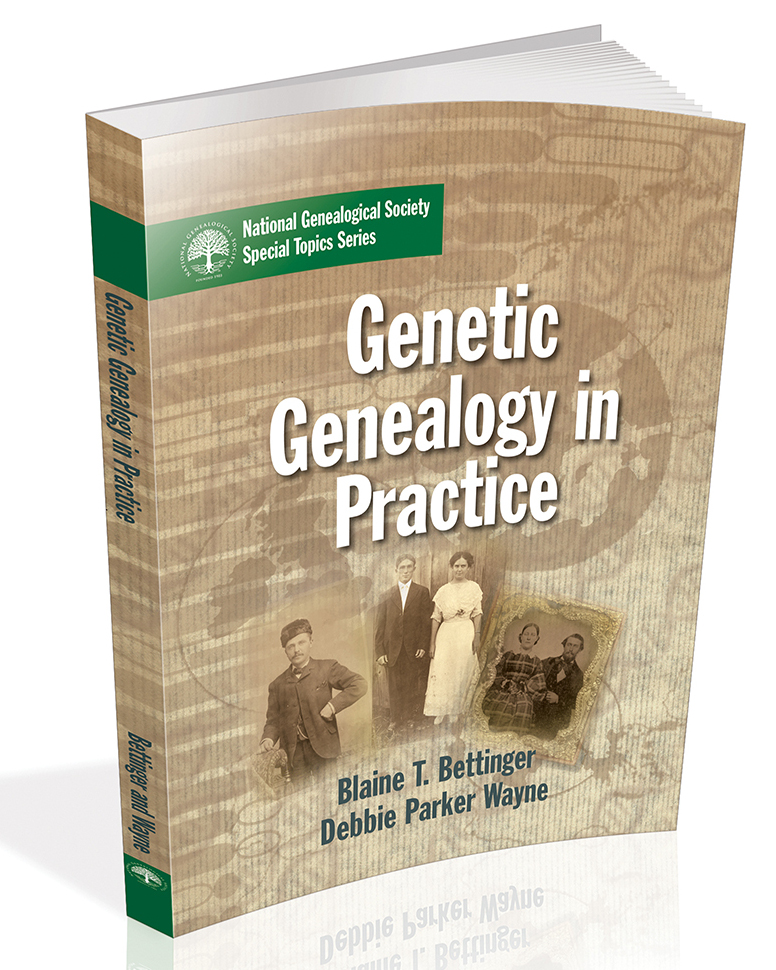[EDIT (7/6/2016): Razib Khan discusses the same issue here.]
I despise all politics. I suppose someone has to do it, but I always do my best to avoid discussing it either in person or online. I consider it to be a huge success when people don’t know my political leanings (is “away from all politics” a political leaning?).
Currently, however, there is a political figure who potentially has asserted that he or she might have distant Native American ancestors (specifically, Cherokee ancestors). For no real reason other than politics, some have disputed the claim, and the media is actually writing stories about it. Trust me, this whole ‘debate’ surrounding one person’s ancestry is so unbelievably unimportant that you don’t want to waste your time to look it up.
 In our culture and economy, we place a value on the goods and services that we create or offer. Since others may not have the time or ability to create those goods or services themselves, we sell what we create to others in order to earn money. As we improve upon those goods and services, it becomes increasingly hard for others to replicate them, and thus the value increases. Similarly, as the demand for those goods and services increases, the value increases.
In our culture and economy, we place a value on the goods and services that we create or offer. Since others may not have the time or ability to create those goods or services themselves, we sell what we create to others in order to earn money. As we improve upon those goods and services, it becomes increasingly hard for others to replicate them, and thus the value increases. Similarly, as the demand for those goods and services increases, the value increases.


 AncestryDNA is making several changes to its matching algorithm in the next week or two (an exact time is not yet available). You may recall an announcement that was made earlier this month entitled “
AncestryDNA is making several changes to its matching algorithm in the next week or two (an exact time is not yet available). You may recall an announcement that was made earlier this month entitled “